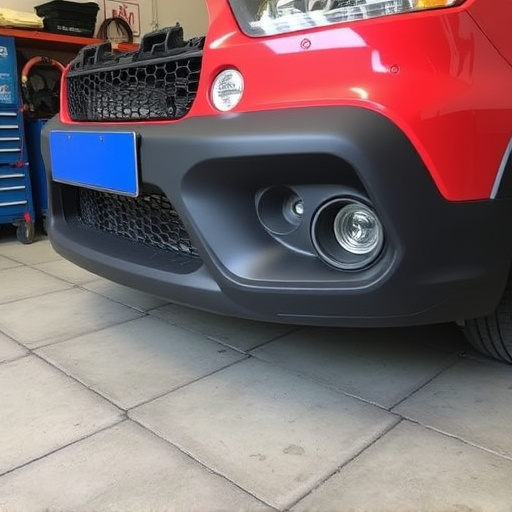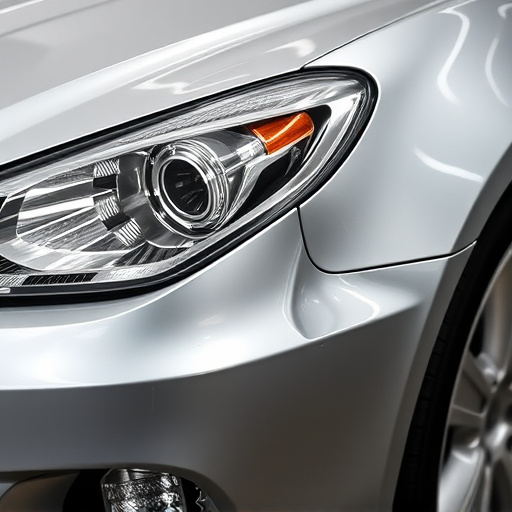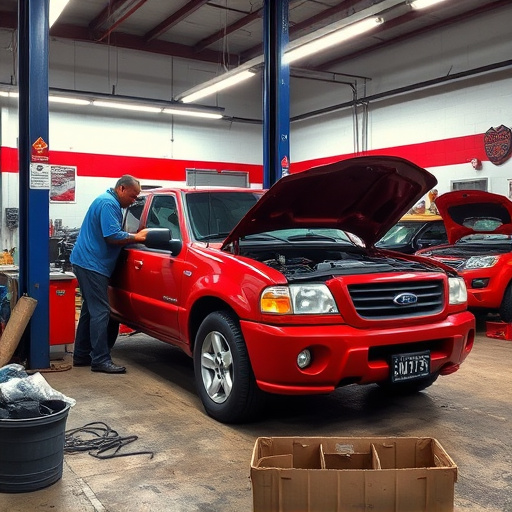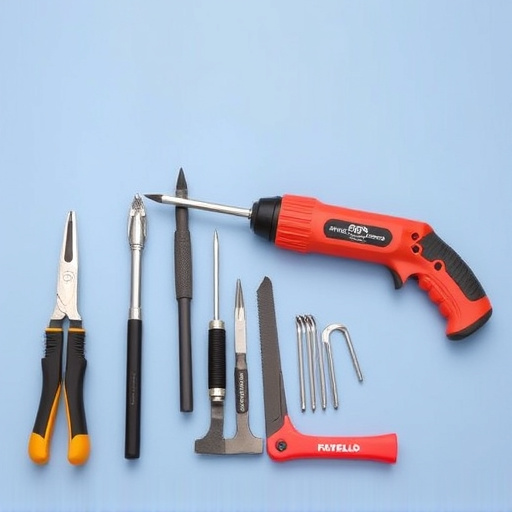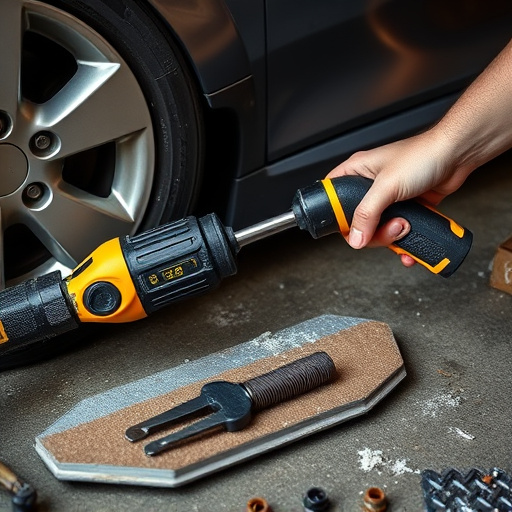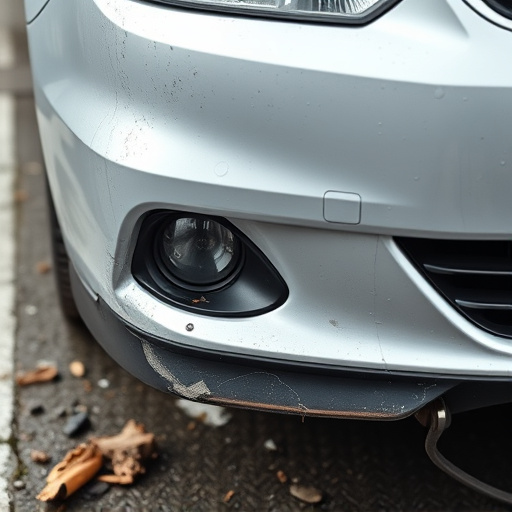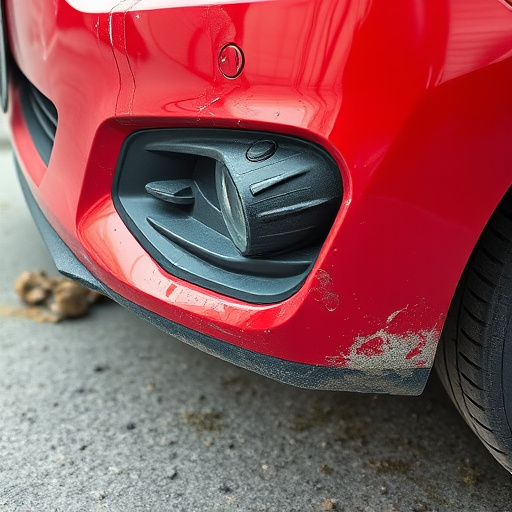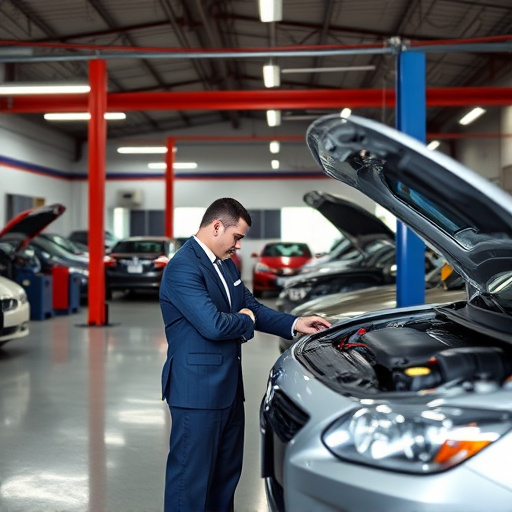Plasma cutting collision risks include burns, blindness, hearing damage, and respiratory issues due to high-velocity arcs of electricity, intense light, noise, and debris. Mitigation strategies involve strict adherence to safety protocols, proper ventilation, and use of PPE. Essential measures include fume extraction systems, respirators, safety goggles, operator training, material-specific guidelines, and waste disposal protocols to ensure safe operation in automotive repair and metalworking industries.
In the realm of industrial fabrication, plasma cutting is a game-changer, offering precision and efficiency. However, understanding the environmental requirements for safe plasma cutting collision use is paramount to prevent hazards. This article delves into crucial aspects like identifying plasma cutting collision risks, implementing essential environmental safety measures, and adopting best practices for trouble-free operations. By adhering to these guidelines, folks can ensure a safe and sustainable workspace while leveraging the benefits of this advanced technology.
- Understanding Plasma Cutting Collision Risks
- Essential Environmental Safety Measures
- Best Practices for Safe Operation
Understanding Plasma Cutting Collision Risks
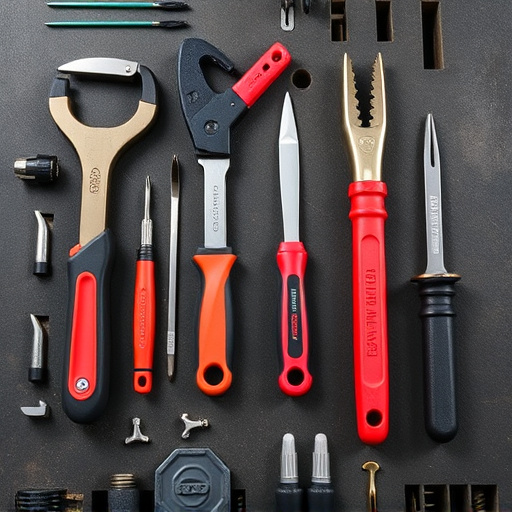
Plasma cutting collision risks are inherent in industries that rely on metal fabrication and auto body work. Understanding these risks is crucial for ensuring safe operations. When plasma cutting, high-velocity arcs of electricity create a concentrated heat source, capable of causing severe burns and other injuries if not properly managed. The process generates intense light, noise, and debris, which can lead to temporary blindness, hearing damage, and respiratory issues if workers are not adequately protected.
Moreover, the force of the plasma cutting operation can cause unexpected metal deformation, potentially leading to hazardous situations. This is particularly relevant in collision repair scenarios where frame straightening and fender repair are common tasks. Proper safety protocols, including personal protective equipment (PPE), adequate ventilation, and adherence to industry standards, are essential to mitigate these risks.
Essential Environmental Safety Measures
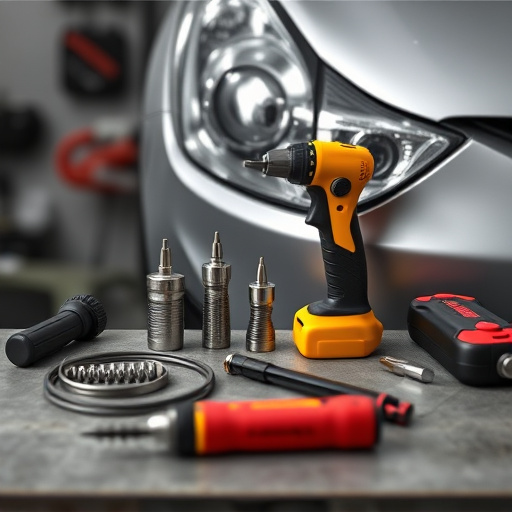
The safe operation of plasma cutting collision systems requires stringent environmental considerations to protect both workers and the surrounding area. Key safety measures include adequate ventilation to prevent the accumulation of flammable gases or dust, which can ignite or cause respiratory issues. Well-designed fume extraction systems are essential, particularly in confined spaces or when working with materials like steel, aluminum, or plastics that produce hazardous fumes.
Furthermore, proper personal protective equipment (PPE), such as respirators and safety goggles, is crucial for safeguarding against inhalation of toxic gases and debris. Establishing clear safety protocols and providing comprehensive training to operators on plasma cutting collision techniques and potential hazards is vital for minimizing risks associated with this powerful manufacturing process. This includes specific guidelines for handling different materials and ensuring proper disposal of waste products to prevent environmental contamination in automotive repair, car bodywork services, and vehicle body repair settings.
Best Practices for Safe Operation
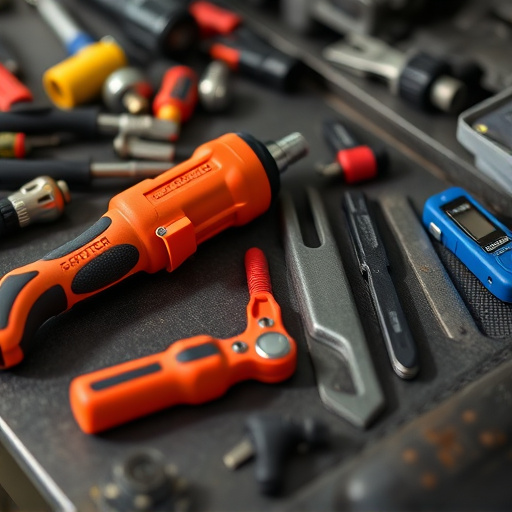
Plasma cutting collision safety is paramount for any operation involving this advanced metalworking technique. Best practices begin with adequate ventilation; ensuring a well-ventilated space is crucial to prevent the buildup of harmful gases and sparks that can ignite flammable materials or cause respiratory issues. Personal protective equipment (PPE), including specialized goggles, gloves, and respirators, should be mandatory for all operators and bystanders to shield against potential hazards like arc flashes and metal splashes. Regular maintenance of cutting equipment is essential; keeping machines in top condition reduces the risk of malfunctions that could lead to accidents.
For industries such as car restoration and auto body services frequently utilizing plasma cutting, proper training is vital. Technicians should be educated on the unique risks associated with hail damage repair and other metal fabrication tasks. Implementing clear safety protocols, including emergency shutdown procedures and regular system checks, will contribute to a safer working environment. Additionally, maintaining a clean, organized workspace can minimize tripping hazards and improve overall accessibility for safe operation.
Plasma cutting, while offering immense precision and versatility, comes with inherent risks, especially in terms of plasma cutting collision. By understanding these risks, implementing essential environmental safety measures, and adhering to best practices for operation, professionals can ensure a safe work environment and mitigate potential hazards associated with this powerful technology. These precautions are vital to creating a robust framework for safe plasma cutting collision use in any industrial setting.
